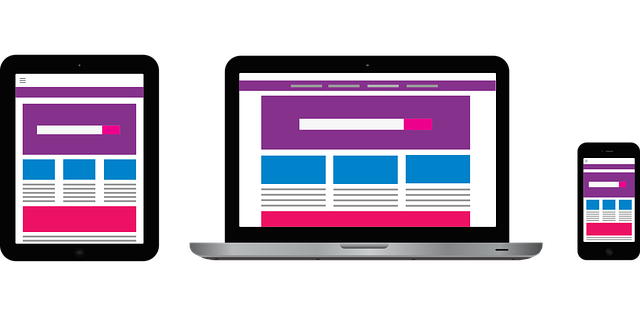Progressive Web Apps (PWAs) are revolutionizing the way we interact with the web, offering a seamless experience that combines the best features of both web and mobile applications. PWAs are designed to work on any platform that uses a standards-compliant browser, and they promise to deliver a faster, more reliable, and engaging user experience. Unlike traditional web apps, PWAs can be installed on a user’s device and can work offline, thanks to the capabilities of modern web technologies such as service workers and web app manifests.
What Makes PWAs Stand Out?
The standout feature of PWAs is their ability to function offline and load instantly, regardless of the network conditions. This is achieved through service workers, which are scripts that run in the background, separate from the web page, and manage network requests, caching, and notifications. For instance, Google’s own PWA, Google Maps, allows users to download maps and access them offline, making it an essential tool for travelers. Moreover, PWAs are highly responsive and can adapt to different screen sizes and orientations, ensuring a consistent user experience across various devices. This responsiveness is facilitated by CSS Grid, a powerful layout system that provides a two-dimensional grid-based layout, making it easier to design complex web layouts.
Cost-Efficiency and Maintenance
PWAs are cost-effective to develop and maintain compared to traditional native apps. Since they are built using standard web technologies like HTML, CSS, and JavaScript, developers can create a single app that works across all platforms, eliminating the need for separate codebases for iOS and Android. This not only reduces development costs but also simplifies the maintenance process, as updates can be rolled out universally without requiring users to download a new version. For example, Twitter Lite, a PWA, has significantly reduced Twitter’s data usage and loading times, resulting in higher user engagement and lower maintenance costs.
Enhanced Performance and Speed
Performance is a critical factor in user satisfaction, and PWAs excel in this area by offering lightning-fast loading times. This speed is achieved through techniques like lazy loading, which defers the loading of non-critical resources until they are needed, and pre-caching, which ensures that key resources are available even when the user is offline. A real-world example is Pinterest’s PWA, which has increased user engagement by 60% and reduced time to interaction by 40%, demonstrating the tangible benefits of improved performance.
Building a PWA – Key Considerations
When building a PWA, there are several essential factors to consider to ensure optimal performance and user experience. First, it’s crucial to implement a web app manifest, a JSON file that provides information about the app, such as its name, icons, and theme colors. This file enables the app to be installed on the user’s home screen, giving it a native app-like feel. Another critical component is the service worker, which handles background tasks like caching and push notifications, ensuring that the app remains functional even in offline mode. Implementing these features requires a solid understanding of modern web development techniques and tools.
Tools and Frameworks
Several tools and frameworks can simplify the development of PWAs. For instance, Google’s Workbox is a set of libraries that make it easier to implement caching strategies and manage service workers. Additionally, frameworks like Angular and React offer robust support for building PWAs, providing built-in tools and libraries that streamline the development process. Angular’s PWA support includes features like service worker generation and web app manifest configuration, while React’s Create React App tool simplifies the setup process, enabling developers to focus on building their app rather than configuring the development environment.
Testing and Deployment
Testing is a critical step in the development of a PWA to ensure that it meets performance and usability standards. Tools like Lighthouse, an open-source automated tool by Google, can audit your app and provide insights into performance, accessibility, and best practices. Once the app is thoroughly tested, it can be deployed to a web server like any other web application. However, to fully leverage the capabilities of PWAs, it’s essential to configure the server to support HTTPS, as service workers require a secure context to function.
The Future of PWAs

The future of PWAs looks promising, with increasing adoption by major companies and continuous advancements in web technologies. As more organizations recognize the benefits of PWAs, we can expect to see a shift towards this model of app development. For instance, in 2023, Apple announced support for PWAs in the Safari browser, marking a significant milestone in the acceptance of this technology. Furthermore, regulatory bodies like the European Union have recognized the potential of PWAs in promoting digital accessibility and inclusivity, encouraging their adoption across various sectors. PWAs are poised to become a standard in web development, offering a versatile and efficient solution for delivering high-quality user experiences across all devices.




